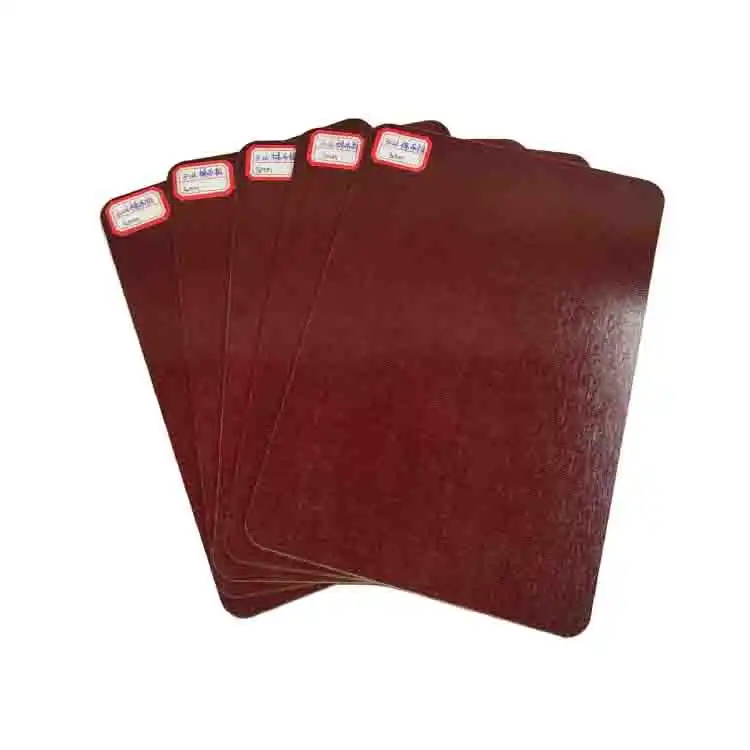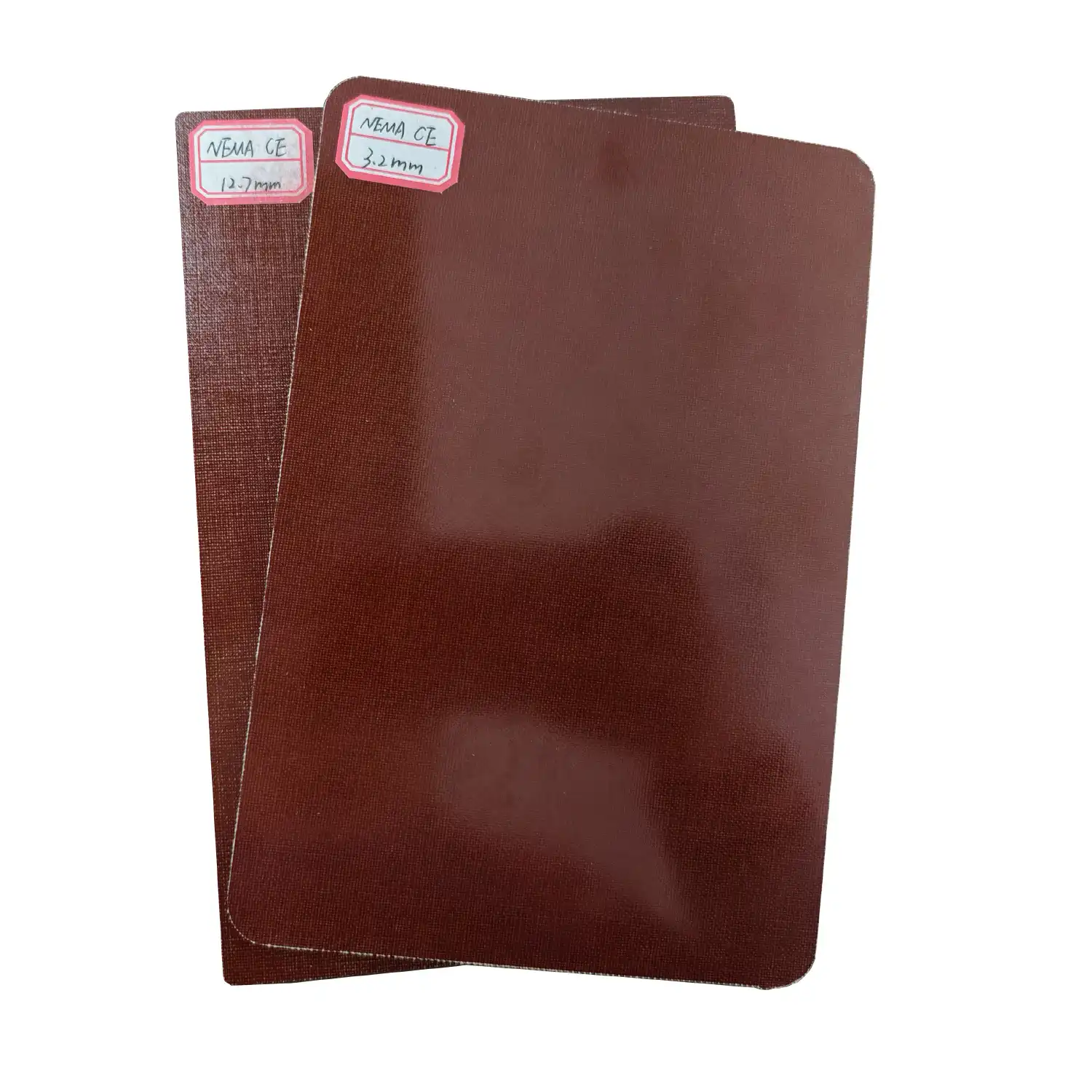how to make clear epoxy resin?
2024-09-09 13:51:07
Clear epoxy resin has become increasingly popular in various applications, from crafting to industrial use. Its versatility and durability make it an excellent choice for creating stunning pieces or providing protective coatings. In this comprehensive guide, we'll explore the process of making clear epoxy resin, ensuring you achieve professional results every time.
Preparing to Make Clear Epoxy Resin
Essential Materials and Tools
To make clear epoxy resin, you'll need the following materials and tools:
- High-quality epoxy resin and hardener
- Mixing containers (plastic or silicone)
- Stirring sticks
- Measuring cups or scales
- Protective gear (gloves, respirator, and safety goggles)
- Heat gun or torch (for removing bubbles)
- Molds or prepared surfaces for pouring
Workspace Setup
Creating the ideal workspace is crucial for successful resin casting. Choose a well-ventilated area with a stable temperature between 70-80°F (21-27°C). Ensure your work surface is level and protected with a plastic sheet or silicone mat. Adequate lighting is essential for detecting imperfections and bubbles in your resin mixture.
Safety Precautions
Working with epoxy resin requires careful attention to safety. Always wear nitrile gloves, a respirator, and safety goggles to protect yourself from fumes and potential skin irritation. Ensure proper ventilation in your workspace and avoid skin contact with the resin or hardener. Familiarize yourself with the safety data sheets provided by the manufacturer before beginning your project.
The Process of Making Clear Epoxy Resin
Measuring and Mixing
Accurate measurement is critical when working with clear epoxy resin. Most epoxy systems require a specific ratio of resin to hardener, typically 1:1 or 2:1. Use separate measuring cups for each component to avoid cross-contamination. Once measured, combine the resin and hardener in a clean mixing container.
Thoroughly mix the components for 3-5 minutes, ensuring you scrape the sides and bottom of the container. Proper mixing is essential for achieving a clear, bubble-free result. Some epoxy systems may require a second mixing step in a clean container to ensure complete blending.
Pouring and Leveling
After mixing, pour the clear epoxy resin into your prepared mold or onto the surface you're coating. For best results, pour in a thin, steady stream to minimize air entrapment. If working on a flat surface, use a spreader or trowel to distribute the resin evenly.
For deeper pours, consider working in multiple layers to prevent excessive heat buildup during curing. Allow each layer to partially cure before adding the next. This technique helps maintain clarity and prevents yellowing or cloudiness in the final product.
Removing Bubbles and Curing
Bubbles are a common issue when working with clear epoxy resin. To remove them, use a heat gun or torch to gently warm the surface of the resin. The heat causes the bubbles to expand and rise to the surface, where they pop. Be careful not to overheat the resin, as this can lead to yellowing or other imperfections.
Allow the epoxy to cure according to the manufacturer's instructions. Curing times can vary depending on the specific product, temperature, and humidity. Typically, clear epoxy resin will be touch-dry within 24 hours but may require up to 72 hours for a full cure. Avoid disturbing the resin during this time to ensure optimal clarity and strength.

Troubleshooting Common Issues
Cloudiness and Yellowing
Cloudiness in clear epoxy resin can result from improper mixing, contamination, or moisture exposure. To prevent this, ensure thorough mixing and use clean, dry tools and molds. Yellowing often occurs due to UV exposure or excessive heat during curing. Choose a UV-resistant epoxy and work in a temperature-controlled environment to minimize this issue.
Uneven Surfaces and Fish Eyes
Uneven surfaces can occur if the work area is not level or if the resin is poured too thickly. Always check your surface with a level before pouring and consider working in thin layers for larger projects. Fish eyes, or small craters in the surface, are often caused by contaminants like oil or silicone. Clean your work surface thoroughly and avoid using silicone-based mold release agents to prevent this problem.
Slow or Incomplete Curing
If your clear epoxy resin is not curing properly, check that you've mixed the components in the correct ratio. Temperature and humidity can also affect curing times, so ensure your workspace meets the manufacturer's recommended conditions. In some cases, adding a small amount of additional hardener can help resolve curing issues, but always consult the product instructions before adjusting.
Finishing and Maintaining Clear Epoxy Resin Projects
Sanding and Polishing
Once your clear epoxy resin has fully cured, you may want to sand and polish it for a flawless finish. Start with a coarse-grit sandpaper (around 220 grit) and progressively move to finer grits (up to 3000). Use wet sanding techniques to minimize dust and achieve a smoother surface. After sanding, use a polishing compound and a buffing wheel to restore the glossy shine of the epoxy.
Protective Coatings
To enhance the longevity of your clear epoxy resin project, consider applying a protective coating. UV-resistant sealers can help prevent yellowing and degradation from sun exposure. For items that will see frequent use, such as countertops or tabletops, a food-safe epoxy topcoat can provide additional protection against scratches and stains.
Long-term Care and Maintenance
Properly cared for, clear epoxy resin projects can maintain their beauty for years. Clean your epoxy surfaces regularly with a mild soap and water solution, avoiding abrasive cleaners that could scratch the surface. For deeper cleaning, use a specialized epoxy cleaner. Avoid exposing your epoxy projects to extreme temperatures or direct sunlight for prolonged periods to prevent discoloration or degradation.
Conclusion
Making clear epoxy resin is a rewarding process that opens up a world of creative possibilities. By following the steps outlined in this guide and paying attention to the details, you can achieve professional-quality results in your projects. Remember to prioritize safety, work in a controlled environment, and always follow the manufacturer's instructions for the best outcome.
For high-quality insulating sheets and expert advice on working with epoxy resins, don't hesitate to reach out to us at J&Q. With over 20 years of experience in producing and selling insulating sheets and a decade of expertise in foreign trading, we're here to support your projects with top-notch materials and unparalleled service. Contact us today at info@jhd-material.com to learn more about our products and how we can help you achieve your goals.
References
1. Smith, J. (2022). The Complete Guide to Epoxy Resin Crafting. Artisan Press.
2. Johnson, A. (2021). Advanced Techniques in Clear Casting. Resin World Publishing.
3. Brown, M. (2023). Epoxy Resin: From Industrial Applications to Art. Chemical Engineering Journal.
4. Davis, R. (2022). Troubleshooting Common Issues in Epoxy Resin Projects. Craft & Hobby Magazine.
5. Wilson, E. (2021). The Science Behind Clear Epoxy Resins. Polymer Chemistry Review.
6. Thompson, L. (2023). Sustainable Practices in Epoxy Resin Manufacturing. Green Chemistry Innovations.







